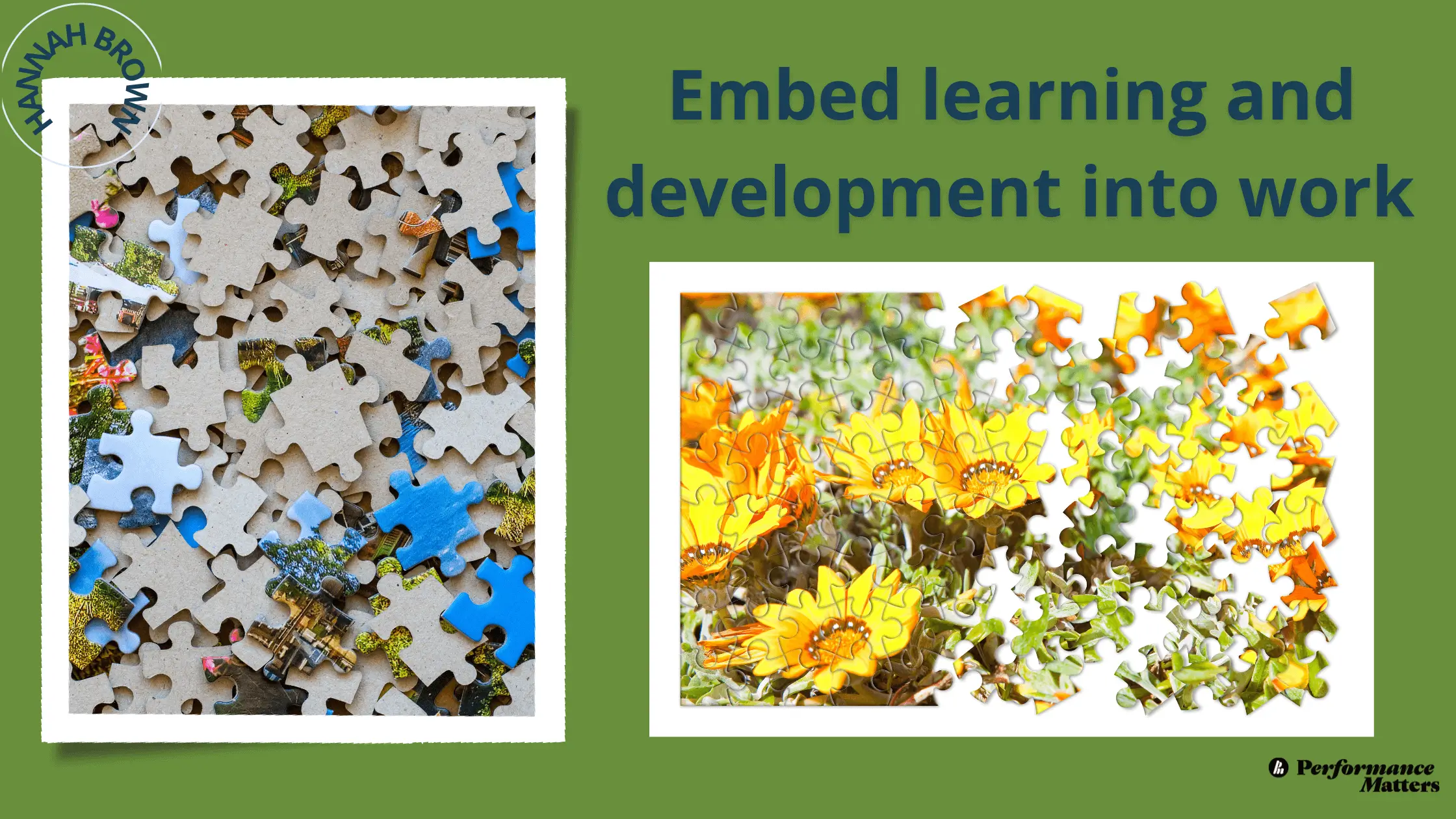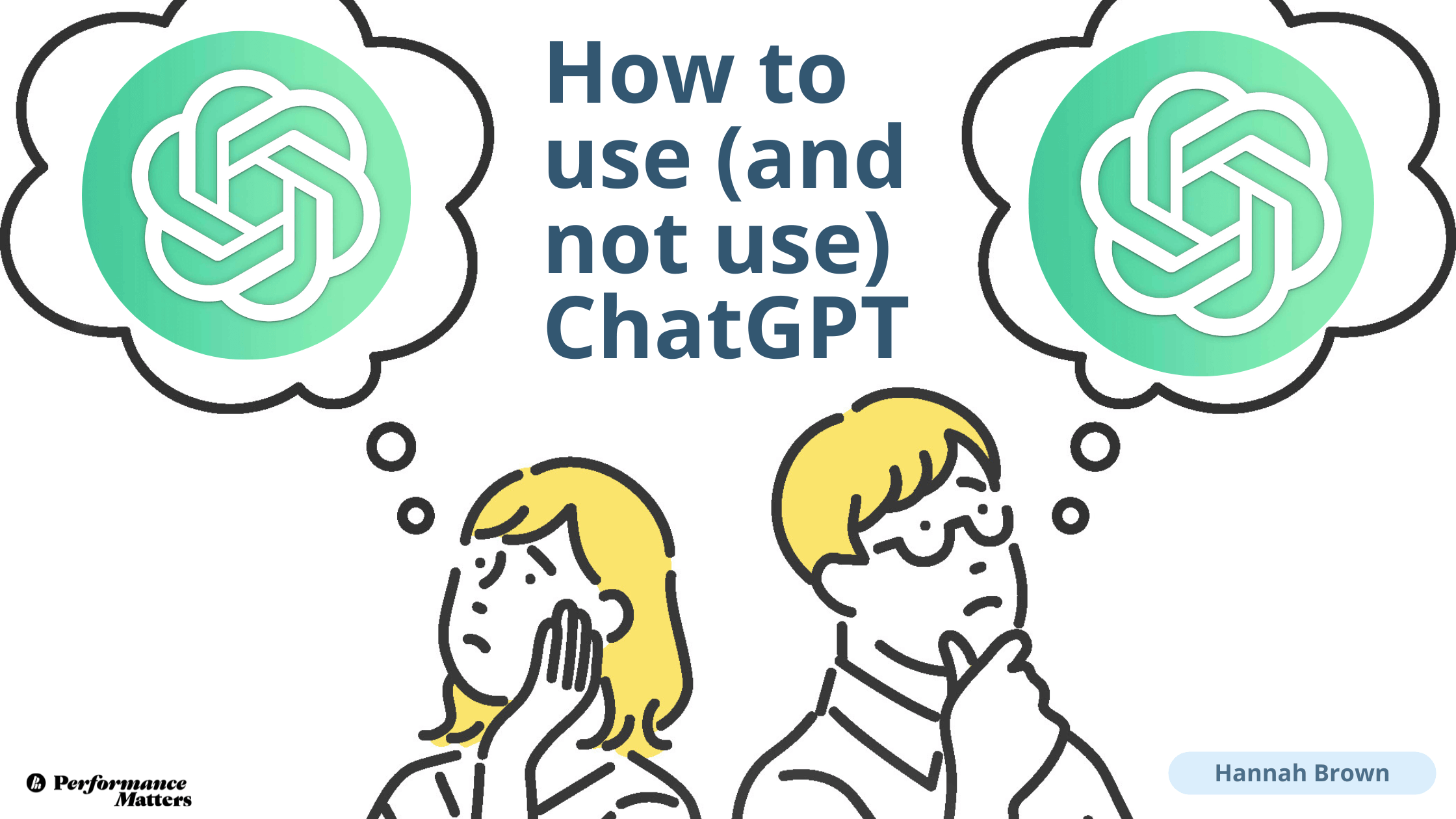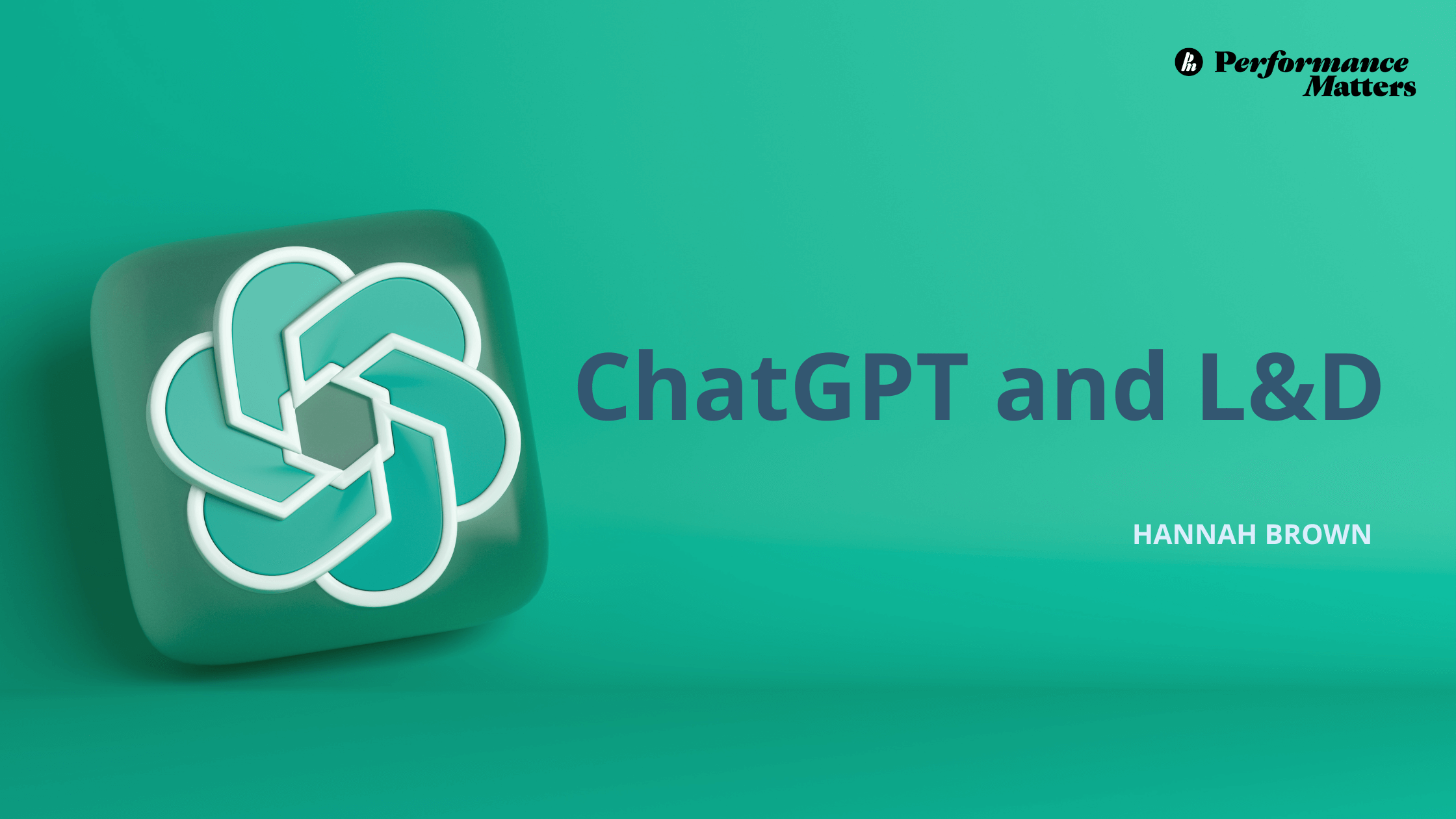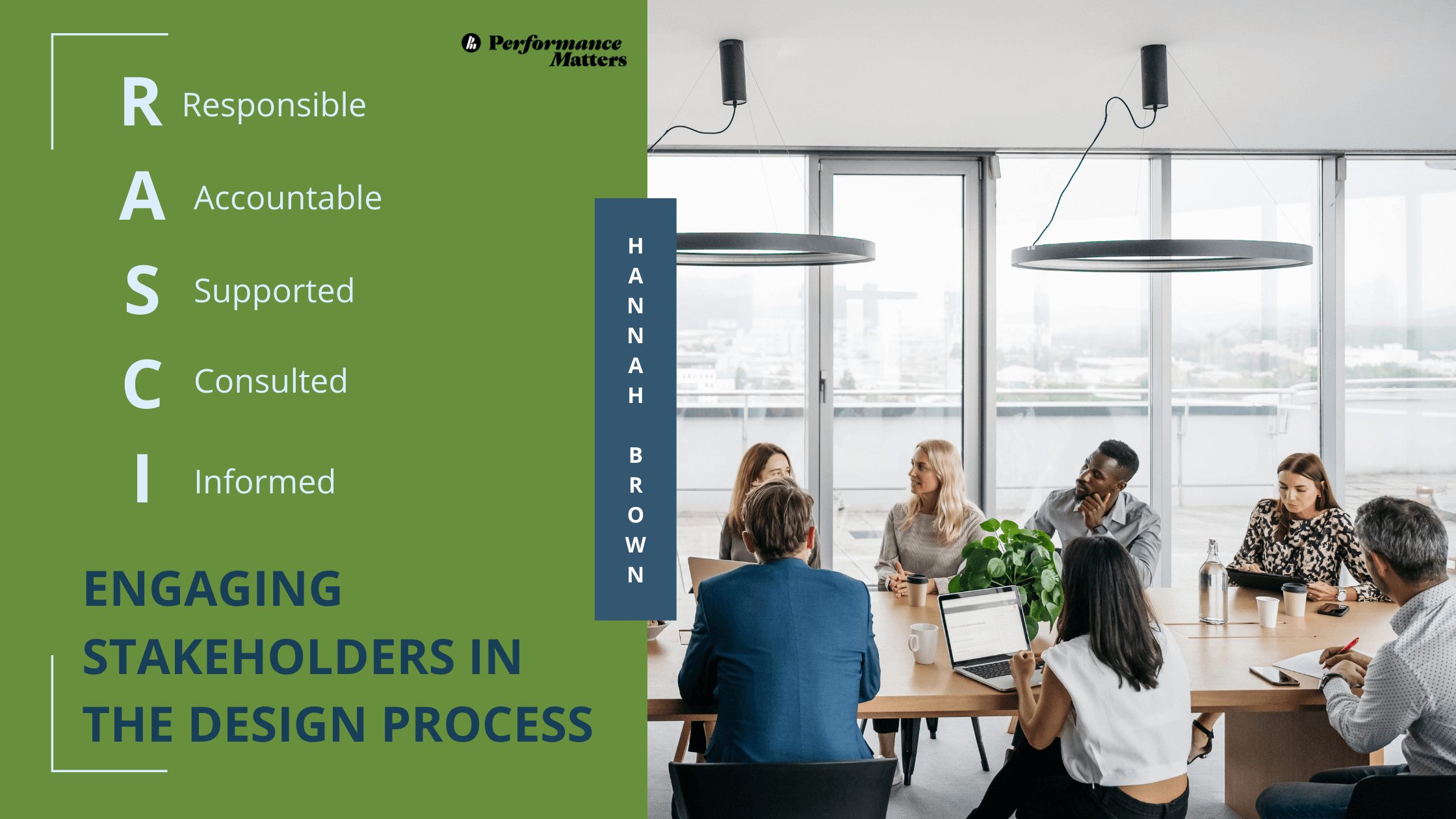An organization wants to change how they support new and existing employees. Currently, they have random approaches to training. Some training is provided centrally by learning and development; other training is created by the business, and still, other courses are offered by project groups (e.g., a system upgrade). It’s all different, and it’s hard for employees to find what’s available to them.
International Data Corporation (IDC) estimates that an enterprise employing 1,000 knowledge workers wastes at least $2.5 to $3.5 million per year searching for nonexistent information, failing to find existing information, or recreating information that can’t be found.1
In addition to the financial expense of not finding information, this organization identified that a lack of consistent training and development means employees could be in roles for years without training. They may be doing aspects of their job the wrong way. They could be following the wrong processes, using incorrect forms and then teaching their incorrect ways to others. Overall this creates inconsistency and inefficiency across the organization.
This organization’s current approach is ad hoc. They’d like their training and development to be tailored to different roles and leveraged, so technology supports learning. It might be helpful to consider each piece of knowledge and training as a puzzle piece. It’s kind of like they’re shifting from each puzzle piece lying in a pile to the puzzle pieces all turned face up and put together. The knowledge and learning form a clear picture instead of random bits of colour.
How to move training from ad hoc to leveraged?
This organization is tackling this shift in three ways:
- Curriculum design for onboarding new employees
- Performance support for existing employees
- Digital dashboard to provide access to all
1. Curriculum design for onboarding new employees
Curriculum design analyzes the current situation and identifies a learning and development path for a group of employees. The output includes a learning road map that paints a picture of how a group of employees can develop in an organization, so they are confident and competent in their roles.
At a high level, I like to include the following in a learning road map:
- Who: Identify the group of learners.
- What: Identify the topics to be covered – the skills, knowledge and competencies, if applicable.
- When: Identify the sequence of learning – what needs to be covered first and the overall flow.
- Where: Identify where the learners will access the information.
- Why: Identify the objective for the learners – be clear about how their performance will improve.
- How: Identify the format – include learning and non-learning solutions.
2. Performance support for existing employees
A learning road map outlines the learning journey for a group of employees. Often a learning road map outlines an onboarding process, which supports new employees. This organization also wanted to support existing employees. To do this, we needed to shift from a time-bound approach to a task or problem-based approach.
Where the new employee asks, “What am I supposed to be learning today?”,
the existing employee says, “I can’t remember how to complete a requisition.”
To support existing employees, we needed to embed learning into their work. We needed to make information, including training, available to them in the moment while they are struggling to complete a task.
The latest thinking in learning and development is to move away from training events and ‘embed learning in the flow of work’2, which is defined as, “Providing learners with the right content, at the right time, in the right format.” It takes learning out of the classroom and makes it a seamless part of everyday work. Above all, it’s about personalization – allowing individuals to strengthen their capabilities when and where they need to. 3
Josh Bersin is a leader in the Learning and Development field. The image below, from A New Paradigm For Corporate Training: Learning In The Flow of Work4, illustrates his summary of the evolution of corporate training and the move to embedding learning in the flow of work.
How corporate training has evolved

This organization is straddling E-learning & Blended and Talent Management. Their initiative to support new and existing employees will shift them to the right towards Continuous and even Digital Learning.
3. Digital dashboard to provide access to all
To support existing employees, this client needed to provide a mechanism for employees to access information and learning. Like many organizations, they have a wealth of resources, but it’s buried in folders within folders and challenging to find. They wanted to create a digital dashboard – a portal for employees to access training and performance support resources.
- Employees access the digital dashboard from their workplace, whether at a desk, in an office, in the field at a job site, or working from home.
- New employees complete their onboarding learning through a digitized learning road map that tracks their progress.
- Existing employees search to help them do a task. It could be remembering how to submit a requisition. The results are filtered to provide standard operating procedures, workflows, forms, training, information about the client group, etc.
The digital dashboard provides new and existing employees with a one-stop-shop to access learning and performance support to do their job more effectively.
Like many organizations, this client started with a pile of puzzle pieces. Employees had to shift through them to find information to learn their roles and to perform in their job. By creating a learning road map for onboarding and performance support for existing employees, this organization is turning over the puzzle pieces and assembling the puzzle for their employees.
They are reducing the time it takes for new employees to become confident and competent in their roles. They are embedding learning in the work to reduce the time needed for employees to find information to do their job.
1 https://www.sonia-dwyer.com/uploads/5/7/4/2/5742485/the_high_cost_of_not_finding_information.pdf
2 https://www.amazon.ca/Work-Rules-Insights-Inside-Transform/dp/1455554790
3 https://home.kpmg/uk/en/blogs/home/posts/2020/09/learning-in-the-flow-of-work-the-time-is-now.html
4 https://joshbersin.com/2018/06/a-new-paradigm-for-corporate-training-learning-in-the-flow-of-work/
In case you missed it
I’ve shared some related posts online. Here they are in case you missed them.
- Types of memory and instructional design – (video post)
- Online posts and videos about Curriculum DesignInstructional Design vs. Curriculum design (video post)
- Types of delivery channels (video post)
- Elearning is good for (video post)
- Online is good for (video post)
- In-person is good for (video post)
- Design Guidelines (video post)
- NewslettersParking garages and vehicles – to frame technology as part of your curriculum (link)
Curious to learn more?
I specialize in learning design and learning strategy. Here are some resources to learn more:
- Design for a Digital Age program – 2 month self-study and online program to design an online course for your organization (link)
- Facilitate in a Digital Age program – 1 month self-study and online program to integrate adult learning best practices and the latest technology to deliver a seamless online course. (link)
- Online Design webinars – free 60-minute sessions with online design tips and ideas to elevate your online programs (link)
- Learning Strategy webinars – free 60-minute sessions with models to get started with creating a learning strategy (link)
- Curricululm design consulting – email me! info@performancematters.ca




